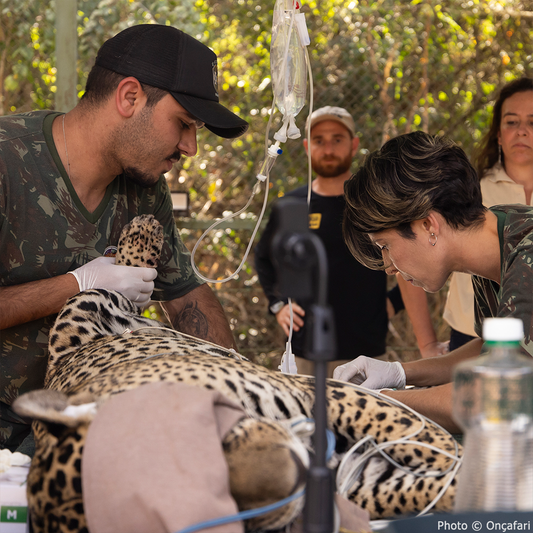Medal of Honor Recipient Eugene Bennet Fluckey and the USS Barb (SS-220)
Dan Doyle
The history of WWII is full of many stories of gallantry and intrepidity in the face of the enemy, but few of those stories are as complex, or as effective, as that of Eugene Bennet Fluckey. During the course of that war, in the Pacific, Fluckey would receive the Medal of Honor and four Navy Crosses, and his boat, the USS Barb (SS-220), would receive four Presidential Unit Citations (PUC) and one Navy Unit Citation (NUC). Here is some of this man’s incredible wartime story.
Fluckey was born in Washington, D.C., on October 5, 1913. He joined the United States Navy and was commissioned in 1935. In his early years, he would serve on the battleship USS Nevada (BB-36) and a destroyer, the USS McCormick (DD-223). In June of 1938, he reported to the sub base at New London, Connecticut, and in December, he was assigned to the USS S-42 (SS-153). Then in June of 1941, he transferred to the USS Bonita (SS-165). He would complete five patrols on the Bonita before being sent in 1942 to Annapolis for graduate instruction in naval engineering. In 1943, he attended the Prospective Commanding Officer School at the sub base at New London, CT. Upon completion of that school, he was transferred to the Pacific Fleet, where he was made commander of the USS Barb (SS-220), becoming the 7th commander of that sub. And here is where his story takes on epic proportions.
 Photo: YouTube/American Veterans Center
Photo: YouTube/American Veterans CenterFluckey would undertake some 12 patrols as skipper of the Barb. He would receive Navy Crosses for patrols 8, 9, 10, and 12. But it was on his 11th patrol that he would receive the Medal of Honor. On that patrol, he advanced submarine warfare tactics by inventing a new way to attack an enemy convoy. He would attack from astern by joining the line of the flank escorts of the convoys. He also attacked two convoys at anchor deep inside a harbor on the Chinese coast. These convoys totaled over 30 ships. He unleashed several torpedoes from the bow of the Barb and turned her around to fire a couple more from her stern tubes. She hit 6 out of 8 of her targets, and then, with two Japanese frigates in hot pursuit, he pushed the Barb to the then-world speed record for a submarine - 23.5 knots - by using 150% overload on her engines, staying out of reach of the pursuing frigates. For these actions, he received the Medal of Honor. The boat, USS Barb, would be awarded the PUC for patrols 8 through 11 and the NUC for the 12th patrol.
 Photo: YouTube/American Veterans Center
Photo: YouTube/American Veterans CenterOn that last patrol, they were moving close along the Japanese coast and had observed a Japanese troop train passing along the coast each night bearing troops, as they found out later, that were going to be replacements for the Japanese forces on Okinawa. He chose an 8-man crew, choosing men from each of the divisions on the boat. According to one of the torpedo officers who served with Fluckey on the USS Barb at that time, “He chose an eight-man team with no married men to blow up the train...He also wanted former Boy Scouts because he thought they could find their way back. They were paddling back to the ship when the train blew up.” As it turned out, this was the only time that any U.S. military stepped foot on the Japanese home islands.
 Photo: YouTube/American Veterans Center
Photo: YouTube/American Veterans CenterAs commander of the USS Barb, Fluckey would be credited with sinking more tonnage than any other ship in the Navy. He and the crew of the Barb would sink 17 ships, including a carrier, a cruiser, and a frigate, thus becoming the Navy’s greatest submarine commander. After the war, Fluckey would go on to serve an equally distinguished career in the Navy. He died on June 28, 2007.
Admiral Eugene Bennet Fluckey and the crews that served under him on the USS Barb (SS-220) earned and deserve the nation’s honor, respect, and thanks for their incredibly effective service in WWII. Bravo Zulu!
https://www.youtube.com/watch?v=iaAnliaDJrk

Dan Doyle is a husband, father, grandfather, Vietnam veteran, and retired professor of Humanities at Seattle University. He taught 13 years at the high school level and 22 years at the university level. He spends his time now babysitting his granddaughter. He is a poet and a blogger as well. Dan holds an AA degree in English Literature, a BA in Comparative Literature, and an MA in Theology, and writes regularly for The Veterans Site Blog.




















